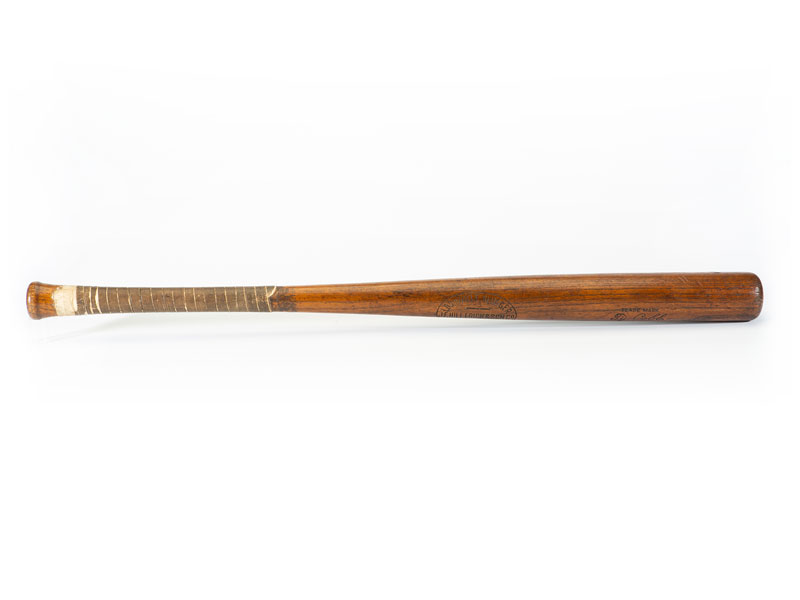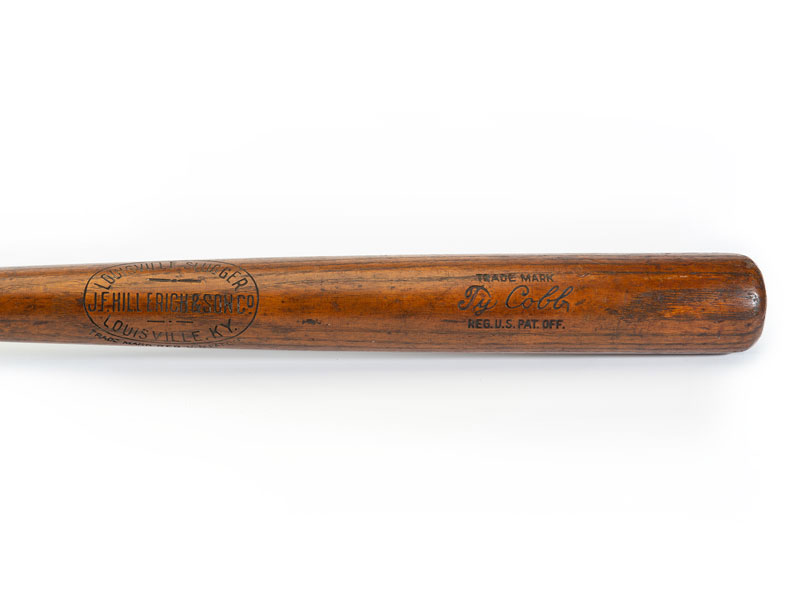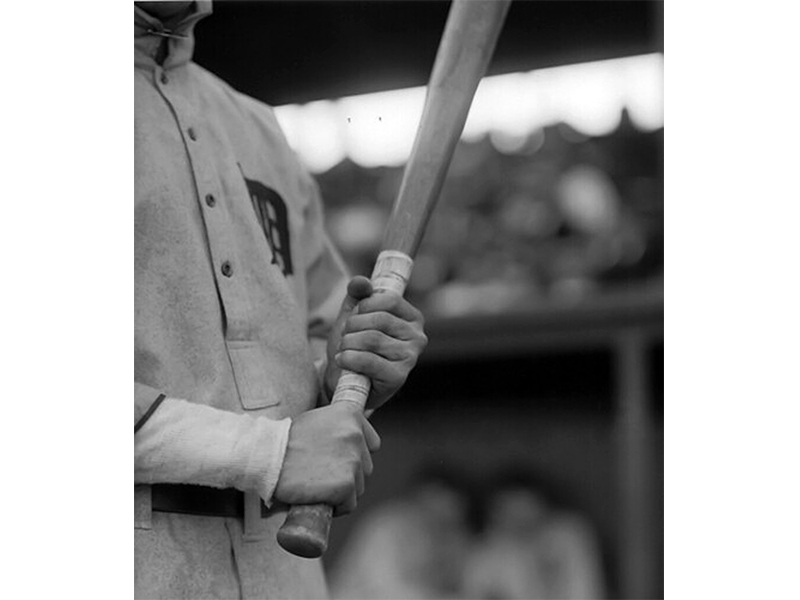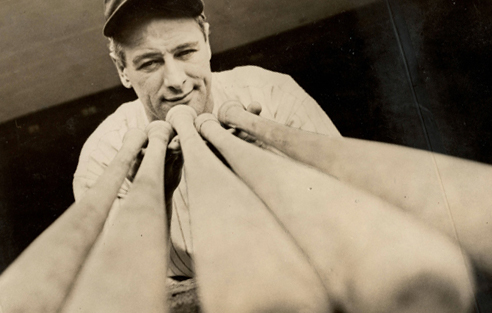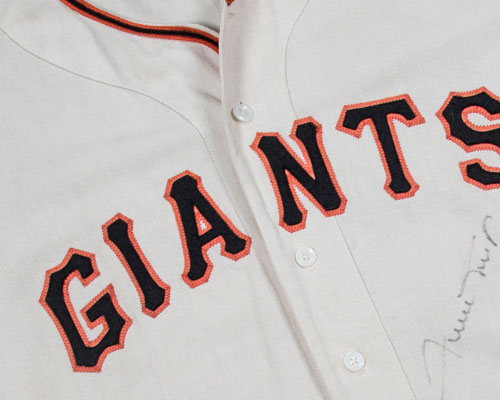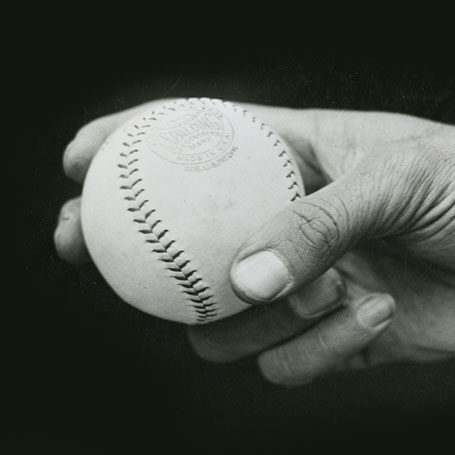1910-15 Ty Cobb J.F. Hillerich & Son Professional Model Game Used Bat (PSA/DNA GU10) - The Finest Cobb Weapon Imaginable
"A ball bat is a wonderous weapon." – Ty Cobb
The heartbeat of the game of baseball is the battle between the pitcher and the batter – one man with a ball, one with a stick. As the pitcher winds up and the batter zeroes in, both tense before a flash of kinetic energy is triggered into a sudden burst of action against each other. All actions of the game arise from that confrontation, sixty feet and six inches and barely a second in the making. The collector's fascination with game-used bats is pure and simple. The bat is the object that sets the game in motion. It is the most vital tool in the game, with the aptitude of its user measured in seemingly infinite calculations, with micro fractions of variance separating bush leaguers from fame and fortune. Given the stakes, it is no wonder that professional baseball players are more intimately connected to their bats than any other piece of equipment. Specific preferences to brand, size, weight, composition, and custom applications evolve over years of trial and error. Such treatment gives bats a certain identifiable character that is a reflection of its handler and provides nuance that captivates collectors of the genre.
Perhaps no player's game-used bats are more identifiable than Ty Cobb. And maybe it's no coincidence that Cobb's meticulous management of his bats coincides with his status as the greatest hitter of his generation. Cobb's compulsion to succeed on the diamond prompted one sportswriter in his day to record his belief that he was "possessed by the furies." Cobb broke into the majors in 1905 after being purchased from the minor leagues for $750. Manager Hugh Jennings made him a regular outfielder in 1907 and Cobb became the youngest player to win the batting title. It was the first of 12 batting crowns, including nine in a row, both still records today. When he retired from the game of baseball in 1928, he held 90 major league records, most of these achieved with his bat. Most telling of his superiority is his .367 lifetime average. Accomplished over a 24-year career, it is a daunting mark that will likely never be approached.
Presented here is quite simply the finest Ty Cobb game-used bat extant. If you sat down with a pencil, a blank piece of paper, and the skill and imagination of Davinci, you could not draw one up any better. Demonstrating one of the earliest signature brand styles used by then JF Hillerich & Son Co., it dates to the 1910-15 period. Its distinctive Cobb traits are sublime, preserved in a timeless state as though it just left his calloused hands. All the boxes are checked; perfect handle tape, exquisite finish, pronounced factory markings, tobacco juice remnants, ball mark riddled contact surface, cleat marks on barrel end; we could go on… Its physical traits notwithstanding, it is the 1910-15 usage era that sends this Deadball weapon into the stratosphere. Not only is this Ty Cobb's earliest signature model game-used bat according to manufacturer's factory records, identified in the records as "His Original Cobb", but it is also one of the earliest signature model bats known from any player. Bats featuring this 1910-15 J.F. Hillerich & Son "double dash-dot-dash" labeling are incredibly scarce with most known examples being blank barrelled or block letter models. Player endorsements of bats and subsequent appearances of "signature" branding on barrels did not become commonplace until after 1910. Most significant is the analysis of this 1910-15 period of Cobb's career. It is a five-year span during which he exerted a level of dominance at the plate that has never been matched in the history of the game. Cobb's 12 career batting crowns, nine in a row were recorded from 1907-1915. From 1910 to 1915 Cobb batted an unfathomable .391, including two seasons over .400 (.420 in 1911, .409 in 1912), winning his only league MVP award in 1911.
There are not enough superlatives in the English language to convey the absolute quality of this 34.5 inch, 41.4-ounce masterpiece, hence the caption "Nonpariel." Applicable to both the artifact and the name it bears. Includes a detailed LOA from John Taube of PSA/DNA (GU10).



